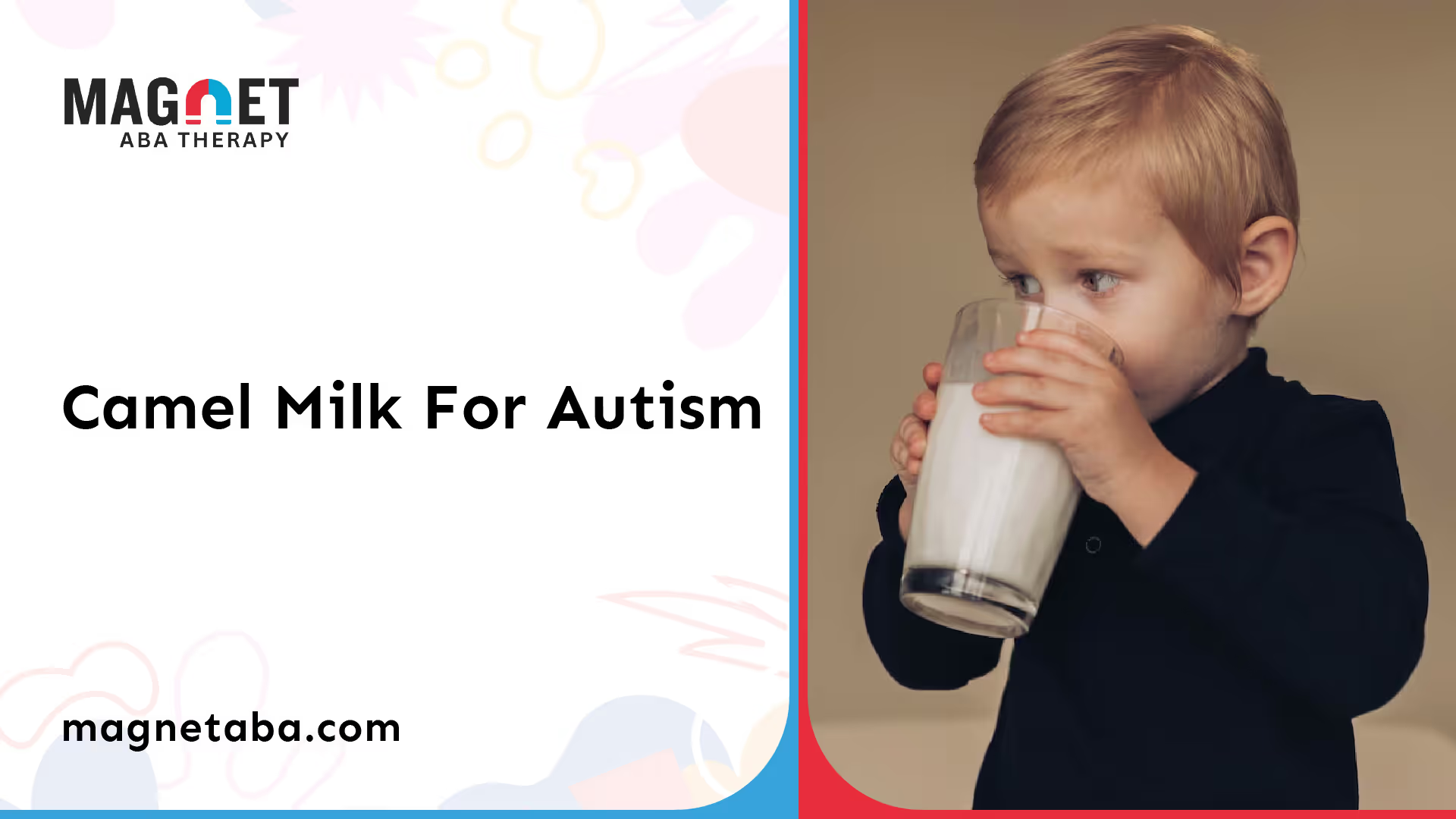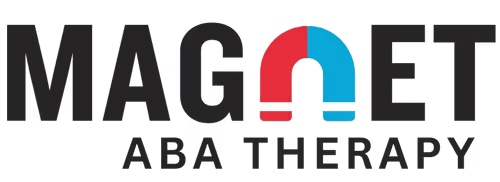Understanding Autism Spectrum Disorder
Autism Spectrum Disorder (ASD) is a complex neurodevelopmental disorder that affects individuals differently, ranging from mild to severe. It is characterized by difficulties in social interaction, communication, and repetitive or restricted patterns of behavior. The diagnosis of ASD is based on specific criteria outlined in the Diagnostic and Statistical Manual of Mental Disorders (DSM-5).

What is Autism Spectrum Disorder?
Autism Spectrum Disorder is a condition that affects the way individuals perceive and interact with the world around them. It is characterized by challenges in social communication, maintaining relationships, understanding nonverbal cues, and adapting to change. Individuals with ASD may have restricted interests, engage in repetitive behaviors, and experience sensory sensitivities.
ASD is a lifelong condition with no known cure, but with appropriate support and interventions, individuals with autism can lead fulfilling and meaningful lives.
Characteristics and Challenges of Autism
The characteristics of autism can vary widely from person to person. Some common challenges faced by individuals with autism include:
Understanding the characteristics and challenges of autism is important in providing appropriate support and interventions for individuals with ASD. By recognizing and addressing these unique needs, we can help individuals with autism thrive and reach their full potential.
Exploring Camel Milk as a Therapy for Autism
Parents and caregivers of individuals with autism have increasingly turned to camel milk as a potential intervention for managing autism symptoms. Anecdotal reports from parents have noted improvements in behavior and cognition after their children consumed camel milk. This growing interest in camel milk for autism has sparked scientific exploration into its therapeutic benefits [3].
Anecdotal Reports and Scientific Interest
The use of camel milk for autism is not a recent phenomenon. Traditional medicine practices in various cultures have long recognized the potential benefits of camel milk for individuals with autism. Anecdotal reports from parents and caregivers have described positive changes in behavior, communication, and overall well-being after the consumption of camel milk. These reports have piqued scientific interest and led to further investigation into the therapeutic properties of camel milk for autism.
Nutritional Composition of Camel Milk
One of the reasons camel milk has gained attention for autism therapy is its unique nutritional composition. Camel milk contains immune factors, vitamins, minerals, and proteins that differ from those found in other types of milk. Compared to cow's milk, camel milk has lower fat, cholesterol, and lactose content, making it potentially easier to digest for individuals with sensitivities or allergies to cow's milk. Additionally, camel milk lacks certain allergenic proteins found in cow's milk, which may be beneficial for individuals with autism.
The nutritional profile of camel milk includes higher levels of certain minerals and vitamins, such as potassium, iron, and vitamin C, compared to cow's milk. These nutrients play important roles in supporting overall health and immune function. Camel milk also contains various protective proteins, mainly enzymes, with antibacterial, antiviral, and immunological properties. These properties may contribute to the potential therapeutic effects of camel milk for individuals with autism.
To summarize the unique nutritional composition of camel milk:
NutrientCamel MilkCow's MilkFatLowerHigherCholesterolLowerHigherLactoseLowerHigherMinerals (e.g., potassium, iron)HigherLowerVitamins (e.g., vitamin C)HigherLowerProtective Proteins (enzymes)PresentNot as prominent
The nutritional properties of camel milk make it a promising option for individuals with autism, and ongoing scientific research aims to further understand its potential benefits in managing autism symptoms.
In the next sections, we will explore the potential benefits of camel milk for individuals with autism, considerations for using camel milk as a therapy, and scientific studies that have examined its effects on autism spectrum disorder (ASD).
Potential Benefits of Camel Milk for Individuals with Autism
Camel milk has gained attention for its potential benefits in individuals with autism. This section explores some of the potential advantages of camel milk as a therapy for autism, including improvements in behavior and cognition, effects on gastrointestinal health and inflammation, and neuroprotective properties.
Improvements in Behavior and Cognition
According to Autism Parenting Magazine, camel milk has been found to contribute to improvements in behavior and cognition among individuals with autism. While the exact mechanisms are not fully understood, it is believed that the unique nutritional composition of camel milk may play a role in these positive effects.
Effects on Gastrointestinal Health and Inflammation
Gastrointestinal issues and inflammation are common concerns for individuals on the autism spectrum. Research studies have indicated that camel milk contains higher concentrations of certain vitamins and minerals compared to cow's milk, making it a potentially beneficial alternative for individuals with autism. The immunoglobulins present in camel milk are believed to help reduce inflammation and improve gastrointestinal health, addressing some of the challenges faced by individuals with autism in these areas.
NutrientCamel MilkCow's MilkVitamin C (mg/100g)32Vitamin B1 (mg/100g)0.060.04Vitamin B2 (mg/100g)0.090.03Calcium (mg/100g)120120Iron (mg/100g)0.050.02
Table based on information from Autism Parenting Magazine
Neuroprotective Properties of Camel Milk
Camel milk is also noted for its neuroprotective properties, which may benefit individuals with autism by supporting brain health and potentially addressing certain symptoms associated with the condition. The high levels of immunoglobulins, lysozymes, and lactoferrin found in camel milk are believed to contribute to its neuroprotective effects.
Incorporating camel milk as part of a comprehensive treatment plan for individuals with autism should be done under the guidance of healthcare professionals. It is important to consider individual needs, consult with experts, and ensure quality control and appropriate dosage. Camel milk should not replace other evidence-based therapies, but rather complement them to potentially enhance overall well-being and management of autism symptoms.
While camel milk shows promise as a therapy for individuals with autism, further research is needed to fully understand its mechanisms of action and confirm its benefits. Monitoring progress and maintaining open communication with healthcare professionals are essential in optimizing the use of camel milk or any other complementary therapies in the treatment of autism.
Considerations for Using Camel Milk as a Therapy
For parents considering camel milk as a therapy for their child with autism, it's essential to approach this approach with careful consideration and consultation with healthcare professionals. Here are some key considerations to keep in mind:
Consultation with Healthcare Professionals
Before incorporating camel milk therapy into your child's treatment plan, it is crucial to consult with healthcare professionals who specialize in autism and pediatric care. They can provide valuable guidance and help determine if camel milk therapy is suitable for your child's specific needs and requirements. Healthcare professionals can offer insights into potential benefits, risks, and any potential interactions with existing therapies or medications. Their expertise will ensure that camel milk therapy is integrated effectively into your child's overall treatment plan.
Quality Control and Dosage
When implementing camel milk therapy for autism, finding a reliable source of camel milk is of utmost importance. It is crucial to select a supplier that adheres to strict quality control measures to ensure the safety and purity of the milk. Reliable sources should follow proper handling, storage, and transportation practices to maintain the milk's integrity.
Determining the appropriate dosage of camel milk for your child should be done in consultation with healthcare professionals. Factors such as age, weight, and overall health should be taken into consideration when establishing the dosage. Healthcare professionals can provide guidance on the recommended dosage and help monitor your child's response to the therapy.
Integration with Other Therapies
Camel milk therapy should be viewed as a complementary approach and integrated within a comprehensive treatment plan that includes other evidence-based interventions for autism. Behavioral therapies, speech therapy, occupational therapy, and other interventions have a firm foundation of scientific evidence supporting their effectiveness. It is important to continue pursuing these established therapies alongside camel milk therapy to ensure a well-rounded and comprehensive approach to your child's care.
By integrating camel milk therapy with other evidence-based interventions, you can maximize the potential benefits and provide your child with a holistic treatment plan tailored to their specific needs.
Remember, the use of camel milk therapy for autism is still being explored scientifically, and while anecdotal reports show promise, it is crucial to consult healthcare professionals before introducing it to your child's diet. They can provide personalized advice and ensure that the therapy aligns with your child's overall treatment goals, safety, and efficacy.
Maintaining close communication with healthcare professionals throughout the therapy process and closely monitoring your child's progress is vital. Regular check-ins and discussions will help track the effectiveness of camel milk therapy and make any necessary adjustments to the treatment plan.
By considering these factors and working closely with healthcare professionals, parents can make informed decisions about incorporating camel milk therapy into their child's autism treatment plan.
Scientific Studies on Camel Milk for Autism
Scientific research on the use of camel milk as a potential therapy for autism has gained significant interest in recent years. Several studies have explored the effects of camel milk consumption on individuals with autism and have yielded promising results. In this section, we will delve into some of the scientific studies conducted on camel milk for autism.
Meta-Analysis of Randomized Controlled Trials
A meta-analysis of randomized controlled trials (RCTs) examined the impact of camel milk consumption on children with autism. The study found that both raw and boiled camel milk consumption resulted in significantly lower Childhood Autistic Responsiveness Scale (CARS) scores compared to a placebo (cow milk). This suggests that camel milk may have a positive effect on autistic behavior when compared to other types of milk.
Increased Glutathione and Antioxidant Levels
Oxidative stress has been implicated in the pathology of autism spectrum disorder (ASD). Studies have shown that individuals with autism often exhibit alterations in antioxidant enzymes and increased lipid peroxidation. Camel milk consumption has been found to increase plasma levels of glutathione, superoxide dismutase, and myeloperoxidase in autistic children. These changes suggest that camel milk may have a role in decreasing oxidative stress and improving autistic behavior.
The measured parameters of glutathione, superoxide dismutase, myeloperoxidase, and Childhood Autism Rating Scale (CARS) showed higher area under the curve, specificity, and sensitivity in the groups that consumed camel milk compared to the placebo group [4]. These findings provide further evidence of the potential therapeutic effects of camel milk on oxidative stress biomarkers in children with autism.
Potential Mechanisms of Action
The exact mechanisms through which camel milk may exert its therapeutic effects on autism are not yet fully understood. However, studies suggest that the high concentration of antioxidants present in camel milk may play a role in reducing oxidative stress and improving autistic behavior. By increasing the levels of antioxidant enzymes and reducing lipid peroxidation, camel milk may help restore the balance of oxidative processes in individuals with autism.
It's important to note that while these studies show promising results, further research is needed to fully understand the mechanisms of action and long-term effects of camel milk as a therapy for autism. As with any intervention, consultation with healthcare professionals is essential before incorporating camel milk into a treatment plan for autism.
The Role of Camel Milk in Autism Treatment
When considering camel milk as a therapy for autism, it is important to recognize that it should be integrated within a comprehensive treatment plan that includes other evidence-based interventions. Consulting with healthcare professionals specializing in autism and pediatric care is essential to ensure that the therapy aligns with the individual's specific needs and requirements.
Importance of Comprehensive Treatment Plans
Camel milk therapy for autism should not be viewed as a standalone treatment. Instead, it should be seen as a complementary approach that can be combined with other therapies, such as behavioral therapies, speech therapy, and occupational therapy. A comprehensive treatment plan takes into account the unique needs of the individual and aims to address various aspects of autism spectrum disorder.
By incorporating multiple interventions, parents and caregivers can provide their children with a holistic approach to autism treatment. Each therapy or intervention may target different areas of development, communication, behavior, and overall well-being. Working with a team of healthcare professionals can help ensure that the treatment plan is tailored to the specific needs of the individual with autism.
Monitoring Progress and Communication with Professionals
Regular monitoring of progress is crucial when implementing camel milk therapy or any other treatment for autism. It is important to keep track of any changes or improvements in behavior, cognition, gastrointestinal health, or overall well-being. This can be done through careful observation and documentation of any notable changes.
Open and ongoing communication with healthcare professionals is essential throughout the therapy process. Regular check-ins and updates with the healthcare team allow for the sharing of information, adjustments to the treatment plan as needed, and the opportunity to address any concerns or questions that may arise. By maintaining a collaborative relationship with professionals, parents and caregivers can ensure that the therapy remains effective and aligned with the individual's progress and needs.
Remember, camel milk therapy for autism should be approached with caution and as part of a comprehensive treatment plan. Consulting with healthcare professionals, adhering to quality control and dosage guidelines, and maintaining open communication are key aspects of implementing this therapy effectively.
References
[2]:
[3]:
[4]:
[5]:












